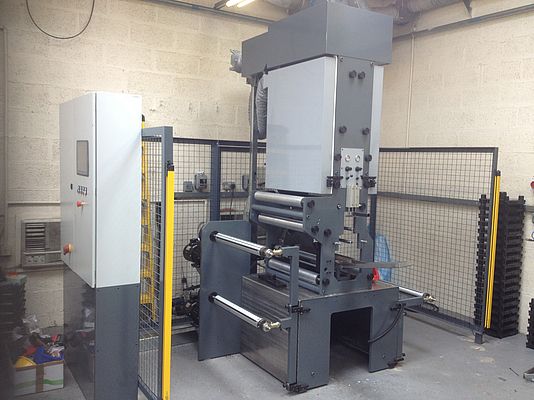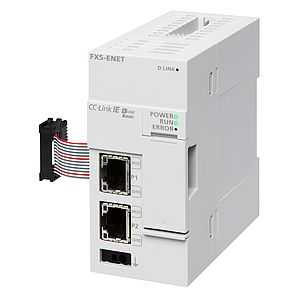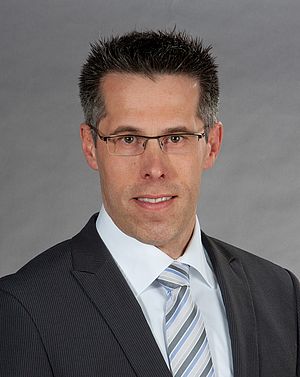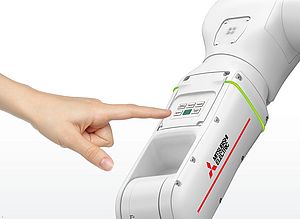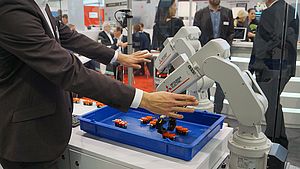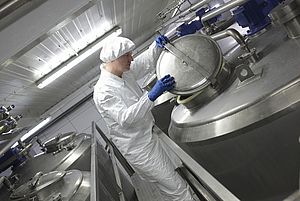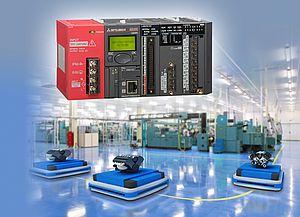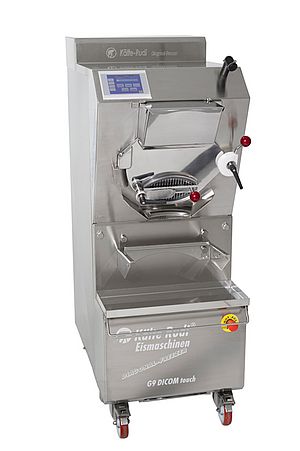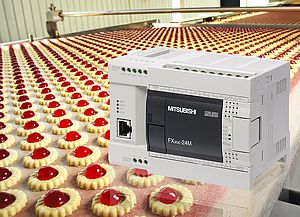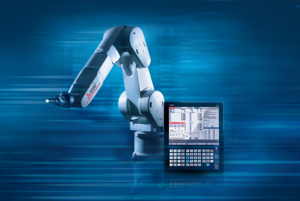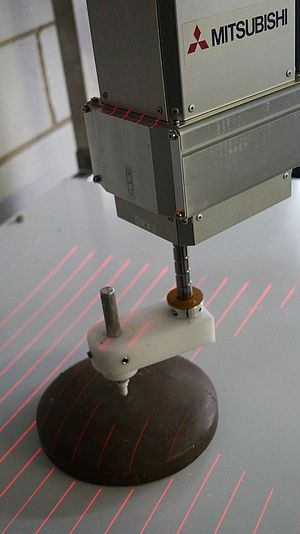An innovative inverter firmware option for winders proved to be an excellent control solution for the drive system on a film coating machine, whilst reducing programming time.
Jim O'Neill runs a bespoke machinery design and build company, Jim O'Neill Engineering, and was developing a coating line for a transfer printing operation. "We wanted to double the output but increasing the throughput speed by a factor of two was not feasible due to the nature of the coating operation," he recalls. "We were using nip rollers to apply the coating material to the film web then passing it through a heater section to cure it. The time required in the heater set the transfer speed.
"So we switched from a 300mm wide web to a 600mm one and added a slitter after the coating and drying stations. Of course this meant we had to add a second, or auxiliary, rewind/unwind station as well."
Jim decided to call in the control systems expertise of Mitsubishi Electric, and soon various configurations were being discussed. He was delighted to hear that Mitsubishi had a firmware option that would customise their standard FR-A700 drives and make them perfect for the job in hand. Previously programming this functionality into a PLC or selecting a high cost systems drive would have been necessary for such a task and this would have resulted in extra programming time and expense.
The winder functionality in the FR-A700-A1 requires simple parameter settings only. Looking at the vital statistics of the job, a full roll weighed in at 25kg and for perfect processing it needed to unwind through the coater and dryer at a speed of 40m/min and with a tension of 35kgf. Because the reel diameters varied between 25mm and 350mm as they unwound and rewound, the drives needed to be controlling the motor torque constantly. Utilising diameter calculation and compensation for friction and roll inertia, the drives controlled the motors to impart constant tension into the web.
Identifying the correct power rating for each motor was critical as the motor torque would define web tension. Low ratio gearing was needed to minimise efficiency losses and the gearing would have to allow back-driving of the spindle.
The optimum systems configuration emerged as one using four motors: a rewind motor, an unwind motor, auxiliary station and a master motor running in speed control. The rewind and auxillary station Inverters were connected to the three-phase 400V power supply. Each of the other two Inverters were connected to the DC Bus of each of these Inverters. This allowed the continuous regenerative energy from the unwind sections to be used in the motoring inverters. It also meant that the regenerated energy could be recovered, so reducing energy costs.
All of these were brought under the control of a single PLC (programmable logic controller), in this case a Mitsubishi Q-series unit. Q-series was a stated customer preference.
A communications network CC-Link was used to provide control and monitoring to each of the Inverters. CC-Link is an 'open' protocol, which means many companies, including Mitsubishi, manufacture control equipment to connect over CC-Link. As well as control of the drives, the PLC runs the process control of the coating station, maintains the temperature of the dryers and checks product flow to the application rollers.
The final piece of Mitsubishi equipment on the system is an HMI (human machine interface), which is programmed to carry out several important functions including set point controls, alarm diagnostics and recipe handling. The customer required a simple, easy to use operator/machine interface with additional information to assist with fault diagnosis.


